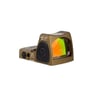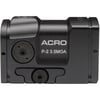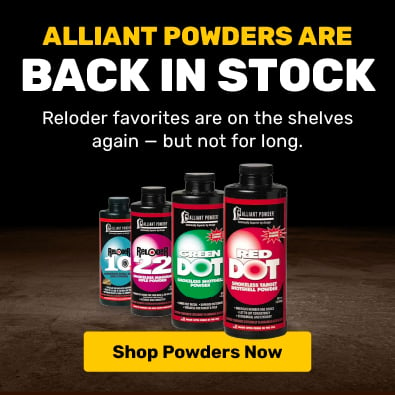Quick Tip: Open vs. Enclosed Red Dot Sight Emitters
Introduction
If you're shopping for a red dot sight for your pistol or rifle, one of the first decisions you’ll face is open emitter vs. closed emitter. In this quick tip, I’ll break down the key differences, pros and cons of each, and help you figure out which one makes the most sense for your setup.
Let’s keep it simple and practical—no deep dive, just the basics to make your decision easier.
What’s the Difference Between Open and Closed Emitters?
At a high level:
-
Closed emitter red dots (like the Aimpoint Acro P1) have the LED emitter enclosed between two glass lenses—one in front, one in the rear.
-
Open emitter red dots (like the Trijicon RMR) have an exposed emitter behind the front lens, meaning the back is open to the environment.
The core difference? Protection. A closed emitter keeps the optical components sealed away from dust, debris, moisture, and lint. Open emitters leave the internals exposed.
Size, Shape, and Window Comparison
-
The Trijicon RMR is a classic open emitter design. It's lightweight and compact with a decent-sized window.
-
The Aimpoint Acro P1 is often called “beefy” or even “mailbox-like,” and while it's more rugged, it has a slightly smaller viewing window.
So if you’re focused on minimal profile and a larger sight picture, open emitters have the edge. But...
Durability and Real-World Performance
Here’s where the closed emitter shines.
Let’s say you’re:
-
Shooting a muddy competition
-
Crawling through dirt or debris
-
Carrying your firearm in extreme environments
-
Dealing with daily pocket or belly-button lint buildup (you know who you are)
A closed emitter optic will keep the emitter protected. If mud or grime gets on the lens, just wipe it off with your thumb and you’re back in action.
An open emitter, on the other hand, could get clogged. Debris could settle right on the emitter, requiring more work to clear it out—possibly while your range safety officer is standing next to you tapping his foot.
When to Choose Which?
It comes down to use case and environment:
| Use Case | Recommended Red Dot Type |
|---|---|
| Everyday concealed carry | Open emitter (lighter, compact) |
| Extreme environments, duty use | Closed emitter (fully sealed) |
| Competition shooting | Depends on terrain – open emitter is fine unless it's muddy |
| Low-maintenance carry | Closed emitter (less chance of malfunction from lint or dust) |
Final Thoughts
This wasn’t meant to be a deep technical dive—just a clear, no-nonsense breakdown to help you make an informed buying decision. Consider your carry environment, your maintenance habits, and how much abuse your gear is likely to take.
At the end of the day, both styles have proven reliability—it’s just about matching the right tool to your needs.
Have Questions? We’re Here to Help.
If you’re still not sure which type of red dot is best for you, feel free to drop a comment below or give us a call on the Brownells Tech Line. We’re always happy to help you get the right gear for your setup.
And don’t forget to like and subscribe to stay in the loop on future tips and reviews.
Thanks for reading—and see you next time!









